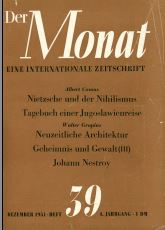

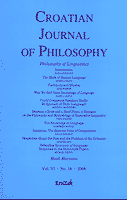
My contribution takes up a set of methodological and philosophical issues in linguistics that have recently occupied the work of Devitt and Rey. Devitt construes the theories of generative linguistics as being about an external linguistic reality of utterances, inscriptions, etc.; that is, Devitt rejects the ‘psychologistic’ construal of linguistics. On Rey’s conception, linguistics concerns the mental contents of speaker/hearers; there are no external linguistic items at all. I reject both views. Against Devitt, I argue that the philosophical issues in linguistics should be framed in terms of the theories themselves, not pre-theoretical conceptions from either philosophy or commonsense as to what linguistics is about or what a language is. In this light, I suggest that Devitt’s key arguments (concerning parameter setting, psychological reality, and the role of intuitions) do not make sense of current linguistic inquiry and so do not offer an adequate philosophical basis of that work. To this extent, I agree with Rey. Our differences emerge over the putative role of content in linguistic inquiry and how the concept of computation ought to be understood. Following the lead of Chomsky’s recent philosophical remarks, I argue that a theory of the language faculty should be understood as an abstract specification of the function that pairs ‘sound’ with ‘meaning’ rather than as a specification of the content the mind represents. But doesn’t ‘computation’ presuppose ‘representation’? I argue for a negative answer, at least if ‘representation’ is read intentionally. A ‘representation’ can be construed as brain structure that, at the present stage of inquiry, can only be picked out via the abstract concepts of linguistic theory. We are entitled to posit such structures insofar as they earn their explanatory keep over the output of the faculty. The linguistic function is a way of setting the boundary conditions on what the brain must be doing such that humans get to be competent speaker/hearers, although we do not therefore take the function to be a story of the causal spring of linguistic performance.
More...Keywords: definite pronouns; gender; semantics; neuter pronouns; Romanian neuter
This paper explores some issues related to the interpretation of gender on definite pronouns. I assume that neuter natural gender means lack of descriptive content and that a general principle requires pronouns to bear a descriptive specification whenever possible.
More...ANDREEA ZAMFIRA, Une sociologie électorale des communautés pluriethniques, L’Harmattan, Paris, 2012 (DRAGOŞ DRAGOMAN), pp. 367-370 OLIVERA SIMIĆ, ZALA VOLČIČ (eds.), Transitional Justice and Civil Society in the Balkans, New York, Springer, 2013 (RALUCA GROSESCU), pp. 370-374 VICTOR NEUMANN, Essays on Romanian Intellectual History, transl. by Simona Neumann, Editura Universității de Vest, Timișoara, 2008 (ROXANA MARIN), pp. 374-388 NIKLAS OLSEN, History in the Plural. An Introduction to the Work of Reinhart Koselleck, Berghahn Books, New York, Oxford, 2012 (CRISTIAN ROIBAN), pp. 388-392
More...Keywords: genitive; possessors; case (case markers; structural case); agreement (possessor agreement)
After briefly presenting the distribution of the Romanian genitival agreeing particle al and the most important results of the previous research, I compare three recent analyses of al that are based on the idea that al is essentially a genitive marker and make use of a K (Case) projection: (I) al is a complex of functional heads (K-P+Agr) in the extended projection of the possessee; (II) al is a K head that forms a constituent with the genitive DP; (III) al is an Agr morpheme projected at PF by a genitival K head that forms a constituent with the genitive. I first compare analysis (I) with analyses (II)-(III) and conclude that analysis (I), although it offers a straightforward explanation for agreement, is contradicted by some distributional facts which indicate that al and the genitive form a constituent. Moreover, it needs an important modification in order to account for the fact that al-genitives can appear outside DPs, in predicative position. Analyses (II) and (III), in which al forms a constituent with the genitive, do not have these empirical problems, but require some modifications of the current minimalist assumptions about structural case in order to deal with the alternation between al and prepositional genitives. I then compare analyses (II) and (III) and I conclude that (II) is preferable because it can account for the loss of agreement of al in some varieties of Romanian.
More...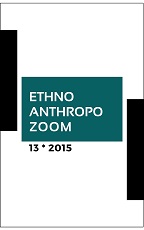
Keywords: Папуа Нова Гвинеја; канибализам; род; супстанца; моќ; истост и разлика.
Во Папуа Нова Гвинеја родовиот идентитет бил опишуван како строга сегрегација и угнетување врз жените. Но, канибализмот може да ни даде нови ви- дувања за родовиот идентитет. Културата создава граници што имплицираат подел- ба, која се доживува преку истоста. Ова општествено искуство е проектирано врз телото. Во чинот на канибализмот, материјата и моќта се заменуваат. Тогаш, родо- виот идентитет рефлектира идеологија, а не телесна функција.
More...Keywords: Utilitarian and symbolic function of things; weaving; phraseologism; paroemia; beliefs; structural-semantic model; Slavic-speaking area;
The article suggests a semantic reconstruction of the elements of traditional weaving craft (tools, mechanisms, devices and their parts, raw materials etc.) represented in phrasemes, proverbs and sayings in the Russian, Ukrainian, Polish, Slovak, and, partly, Czech languages in ethnolinguistic dimension. The units of secondary nomination to denote weaving realia are considered from the point of view of their figurative categorization, structural and semantic typology, directions and processes of semantic dynamics, and conceptualization of weaving terminology, which are reflected, first of all, in dialectal phraseology, similes and paroemias in different local traditions. In the article the emphasis is laid on the symbolic function of the objects of material culture, and on the connected with them pragmatic senses, everyday-life and magic folkways, beliefs (calendar paroemias, symbolic function of chrononyms).
More...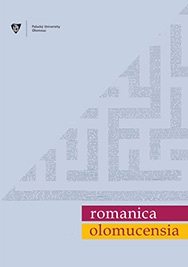
Keywords: pragmatemes; phraseology; Construction Grammar; Pragmatic; Causal Chain;
This study focuses on the characterization of pragmatemes within the theoretical framework of the Grammar of Constructions (GC), since the GC principles designed on the basis of a usage-based approach to language are most likely to be able to describe this type of construction. Indeed, the definition of pragmatemes as units linked to a given enunciation situation makes them particularly appropriate for being approached from the constructionist foundations. To demonstrate the relevance of this theoretical framework in the characterization of pragmatemes, the concepts of pragmatic scenario (Legallois), causal chain, and perlocutionary causality modality (Verlesch) are used on a series of examples drawn from a particular type of pragmatemes, affixed pragmatemes, defined as pragmatemic statements associated with “dedicated” supports (Varga). The detailed analysis of these examples allows us to show the unavoidable presence of the pragmatic component in the description of affixed pragmatemes, and thus, in that of pragmatemes in general. A final result of this case study is the need to make this component explicit in the characterization of pragmatemic statements at a level differentiated from the levels of schematization and specification particular to the description of constructions made according to a constructionist approach.
More...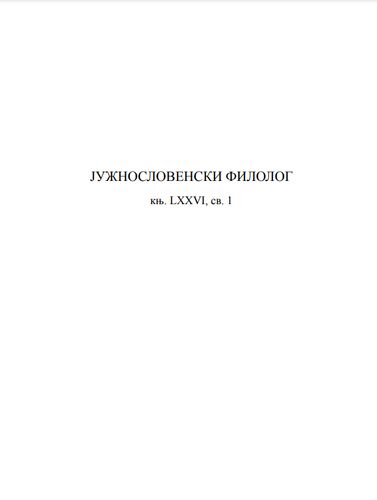
Keywords: lexical semantics; linguistic worldview; comparative analysis; phraseology; linguistic view of the fly; equivalence
The article concerns the image of the fly in Polish, French, and English phraseology. Connections between language and culture are discussed, with comparative semantic analyses as an important element of intercultural dialogue. Such analyses also benefit translation studies and language teaching. It is considered what properties of the fly are important for a given linguistic community, how the insect is viewed axiologically, and what experience of the insect has been preserved in the language’s phraseology. In the analysis, parallel phraseological units in all three languages are identified, with an account of the connections motivated by the physical properties of flies, their behaviour and axiology in relation to humans. In each language, different features of the fly are preserved so that the overall images of the insect are different. The frequency of the units with the nominal ‘fly’ in these languages also varies.
More...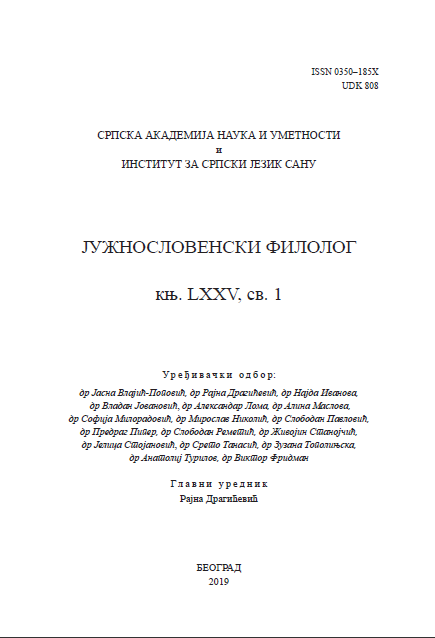
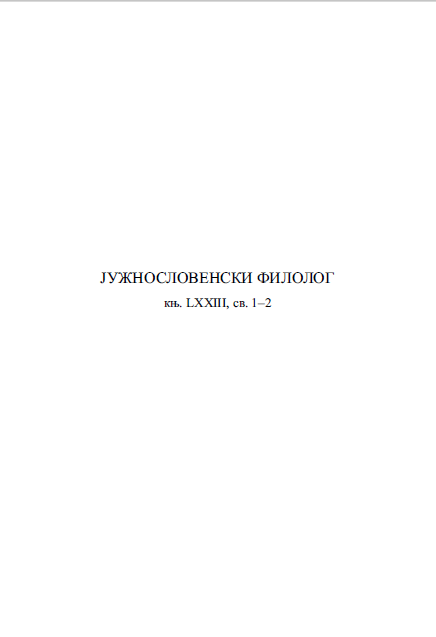
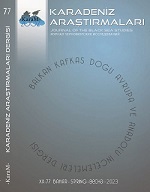
Keywords: Historical Turkish Dialects; Dialects; Evliyâ Çelebi; Seyahatname;
Historical texts are a fundamental tool for diachronic language researchers. They can offer us clues about the internal structure of the language in question, as well as information about historical events – especially social and cultural issues of the period. In the context of Turkish, Evliyâ Çelebi's Seyahatname is a treasure trove. Evliyâ Çelebi's Seyahatname is an excellent example of 17th century Turkish, and is packed with trinkets about how Turkish then was actually spoken, dialects, and even other languages owing to to the sensitivity of its author. Evliyâ Çelebi talked about dialect and language both directly and indirectly to give his readership a complete picture of the times he was living in. Studying it allows us to learn more about how Turkish (and other tongues) evolved, be it in terms of phonetics, morphology, syntax, lexicon, semantics, or otherwise. In this study, we aim to dive into Seyahatname and explore all of that holistically, with a heavy emphasis on dialectology and context.
More...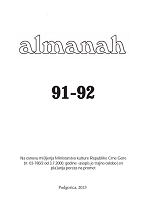
Keywords: Language characteristics; Sandzak; Bosniaks; Istanbul; linguistics;
Between 1878 and 1970, a large number of Bosniacs from the territories of today’s Bosnia, Serbia, Montenegro, Kosovo and (Northern-)Macedonia emigrated in several waves to the Ottoman Empire and Turkey. Estimates regarding the number of Turkish citizens of Bosniac heritage range between 3 and 9 million, but the number of Shtokavian resp. Bosnian or “Bosniac” speakers only ranges from several ten thousand to a maximum of several hundred thousand. The vast majority of Turkish Bosniacs living in Istanbul originate from the Serbian and Montenegrin Sandžak which their families left in the 1950s and 1960s due to various reasons. Despite the rigid assimilation policies pursued by the Turkish state in the 20th century, they succeeded in retaining certain forms of their “Yugoslav-Muslim” or Bosniac ethnicity within the context of their social and linguistic embeddedness in Turkey where they are subject to a mixture of Turkish assimilation and ethnic revival processes. This is why this community displays numerous and multi-faceted aspects of identity, social, linguistic and ethnic attitudes as well as collective memories. Furthermore, their South Slavic Shtokavian ethno-language which is threatened by extinction is characterised by specific influences and idiosyncrasies which in their combination are unique to Turkey’s Bosniac community. It is composed of the following important features: i) dialects from the region of origin, ii) specific features of the Serbo-Croat or Serbian, Croatian, Bosnian and Montenegrin standard languages which are mixed with each other, iii) influences of the Ottoman and the modern Turkish standard languages, iv) lexical, syntactic and morphological changes and loss or errors in regards to case, gender, tense and other verb forms which are due to the general loss of language knowledge and v) a way of speaking which is inspired by lexical and grammatical deficits and which is often based on paraphrasing and improvisation. In the previous issue of Almanah (no. 89-90), an essay by the author on the Turkey-Bosniacs already thematized the aspects of time periods and reasons of migration, distribution, number, ethnonyms, language names and other special features, ethnic identities, assimilation and ethnic revival processes, socio-linguistic attitudes and characteristics as well as other historical, political and social issues. The concluding section of the paper presented assessments, theses and discussion aspects about the significance and preservation of the historical, cultural, ethnic, social and linguistic characteristics of the Slavic population in Turkey on the one hand and the meaning of the language type and the socio-linguistic attitudes of the Bosniacs in Istanbul within the context of the language science paradigms and politics of language nationalism in several states of the former Yugoslavia on the other hand. These presentations form the basis for the second essay in this present issue, which deals, from a purely linguistic perspective, with reflections and analyses of selected dialectal and contact-linguistic features of the spoken South Slavic / Shtokavian (Turkish-influenced) language of the Bosniacs from Istanbul. Here, the article focuses on the following aspects: general language characteristics, specific language and dialect features of Southwest Slavic, Shtokavian origin, Turkish language features and influences (lexis, phonetics, syntax, features of written language use), foreign language influences and Slavic/Bosniac influences in spoken Turkish. Finally, the linguistic-political discussion aspects and arguments already addressed in the previous article will be revisited and supplemented by incorporating the results of the linguistic analyses of this essay.
More...Keywords: People's Front of Estonia; Reindependence of the Republic of Estonia; perestroika; Self-sufficient Estonia (IME); History of Estonian political thought;
The purpose of the article is to reconstruct the historical meaning of the programmatic documents that laid the foundation for the creation of the People's Front of Estonia. The focus of the analysis is two documents published on April 30, 1988 in the newspaper Edasi under the joint title "Citizens' initiative in support of the reform course": the People's Front Declaration and the People's Front Project. The broader request of the article is to specify the role of the People's Front in the development of the policies that led to the restoration of the independence of the Republic of Estonia.
More...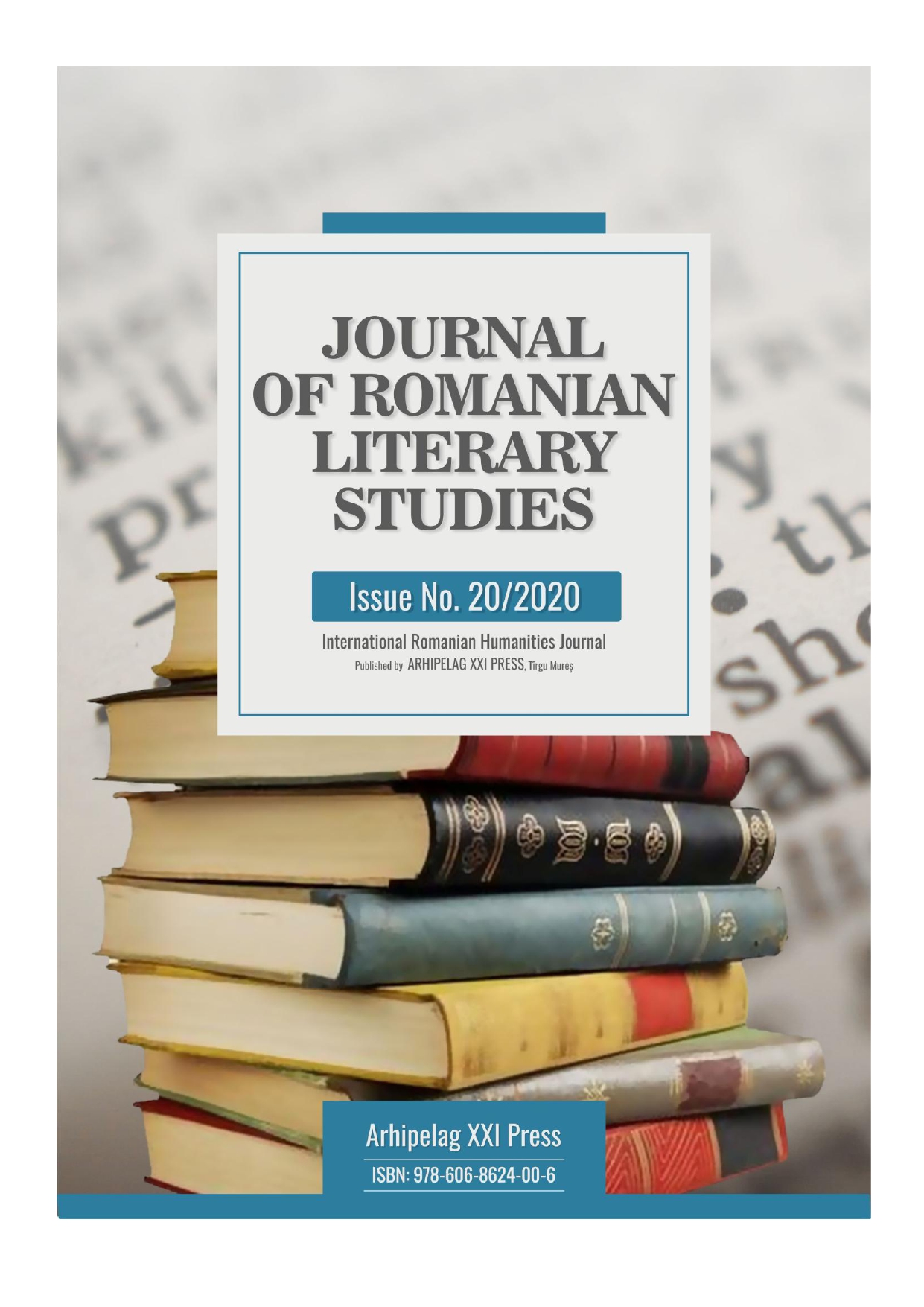
Keywords: Iosif Iuliu Olariu; Orthodoxy; Theology; Priest; Caransebeș;
After 34 years of pastorate and numerous achievements, archimandrite Iosif Iuliu Olariu passed at the age of 61. He left the Diocesan Theological Institute in Caransebeş in good order, both in terms of organisation and the materials used by theological students to study.
More...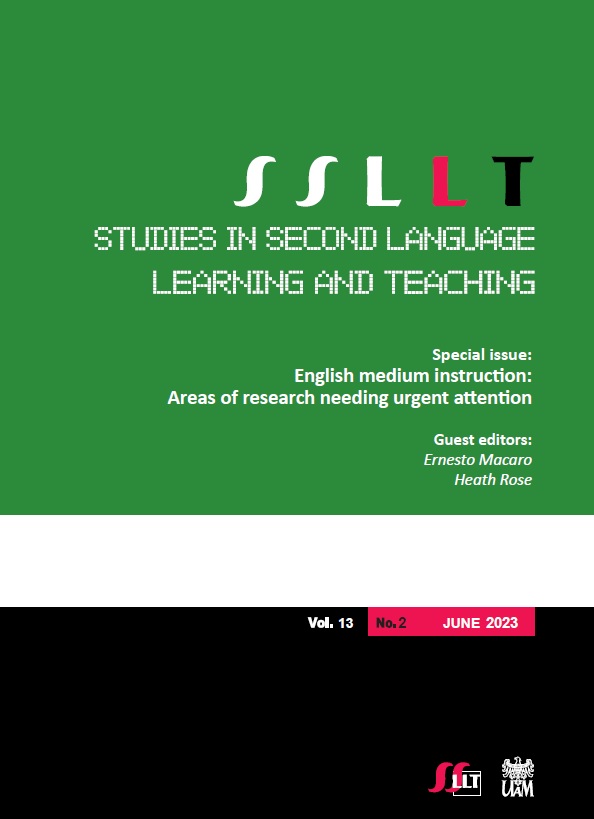
Keywords: English as a foreign language; English medium instruction; multilevel meta-analysis; secondary level; content and language integrated learning
This meta-analysis synthesized the effects of the English medium instruction and content and language integrated learning (EMI-CLIL) approach on secondary-level students’ English learning. The dataset included 44 samples (N = 7,434) from 38 primary studies. The results revealed EMI-CLIL’s overall effectiveness for the development of English competence compared to the mainstream condition in the short term (d = 0.73, SE = 0.06, 95% CI [0.61, 0.86]) and longer term (d = 1.01, SE = 0.06, 95% CI [0.88, 1.15]). Additionally, we found that EMI-CLIL’s overall effectiveness was influenced by several moderator variables. Its effectiveness was significantly: (1) higher for learners whose first language (L1) was linguistically related to English; (2) lower for primary studies which confirmed the homogeneity of the EMI-CLIL and comparison groups; (3) lower when studies targeted the productive (rather than receptive or overall) dimension of English learning; and (4) higher when outcome measures focused on vocabulary. Implications for pedagogy and future research are discussed.
More...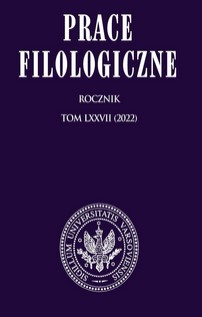
Keywords: ethnolinguistics; food; rural community; linguistic worldview;
The article is an attempt to present the linguistic and cultural image of old Polish cuisine and consumption practices contained in Polish phraseology. The analysis covers old and modern idioms and proverbs with names of dishes and food products as their components. On the basis of the research carried out, it is possible to outline a certain menu of the past generations of Poles and indicate the dishes that are favourite and most willingly eaten by them till now. From the analyzed lexical material, an image of a socially diverse diet, depending on the wealth of consumers, emerges. Regardless of social status, culinary proverbs encourage consumption minimalism, praise moderation and diligence. The balanced variant of the old Polish diet depicted in the phraseological units can be successfully considered by modern eaters as an ecological cuisine, which is very popular these days.
More...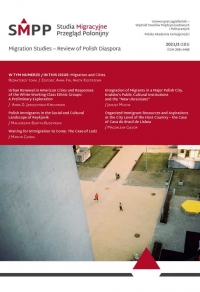
Keywords: concultural practices; intercultural openness theories; Ukrainians as migrants in Warsaw; urban inclusion policy
Institutional intercultural openness is a crucial part of urban inclusion policy towards migrants. In cities with a long history of social and cultural diversity such as Berlin, London or Amsterdam, intercultural openness provides migrants with full or partial participation, initiating activities in the metropolitan space, access to public resources, and social security. In Warsaw, a relatively new inflow of economic migrants from Ukraine, who constitute a large and heterogeneous group, has necessitated changes in municipal cultural and integration policies to facilitate the needs of the new group of recipients. In our article, we focus on results from 91 interviews with Ukrainian students living in Warsaw conducted between 2019 and 2020. We analyse whether, how and why young immigrants from Ukraine use the offer of Warsaw’s cultural institutions; what their expectations are and how their cultural participation is connected with their acculturation and integration. Our research shows that despite the fact that Warsaw tends to build up its culturally open policy for diverse participants, it is not adjusted to the needs of young Ukrainians. As a result, this new diaspora begins to create its own conculture (not to be confused with counterculture). We understand this phenomenon as a set of cultural practices initiated by a minority group of migrants in their new place of residence, which result from the national cultural script of this group. Through these practices, this group cultivates the community, without any connection to the dominant (national) culture of the wider society they belong to or in the space of which its members live. On the one hand, the diversification of a municipal cultural offer allows migrants to find their preferred places and events within Polish culture, although on the other hand, it creates a space for the development of concultural practices that can lead to ghettoisation.
More...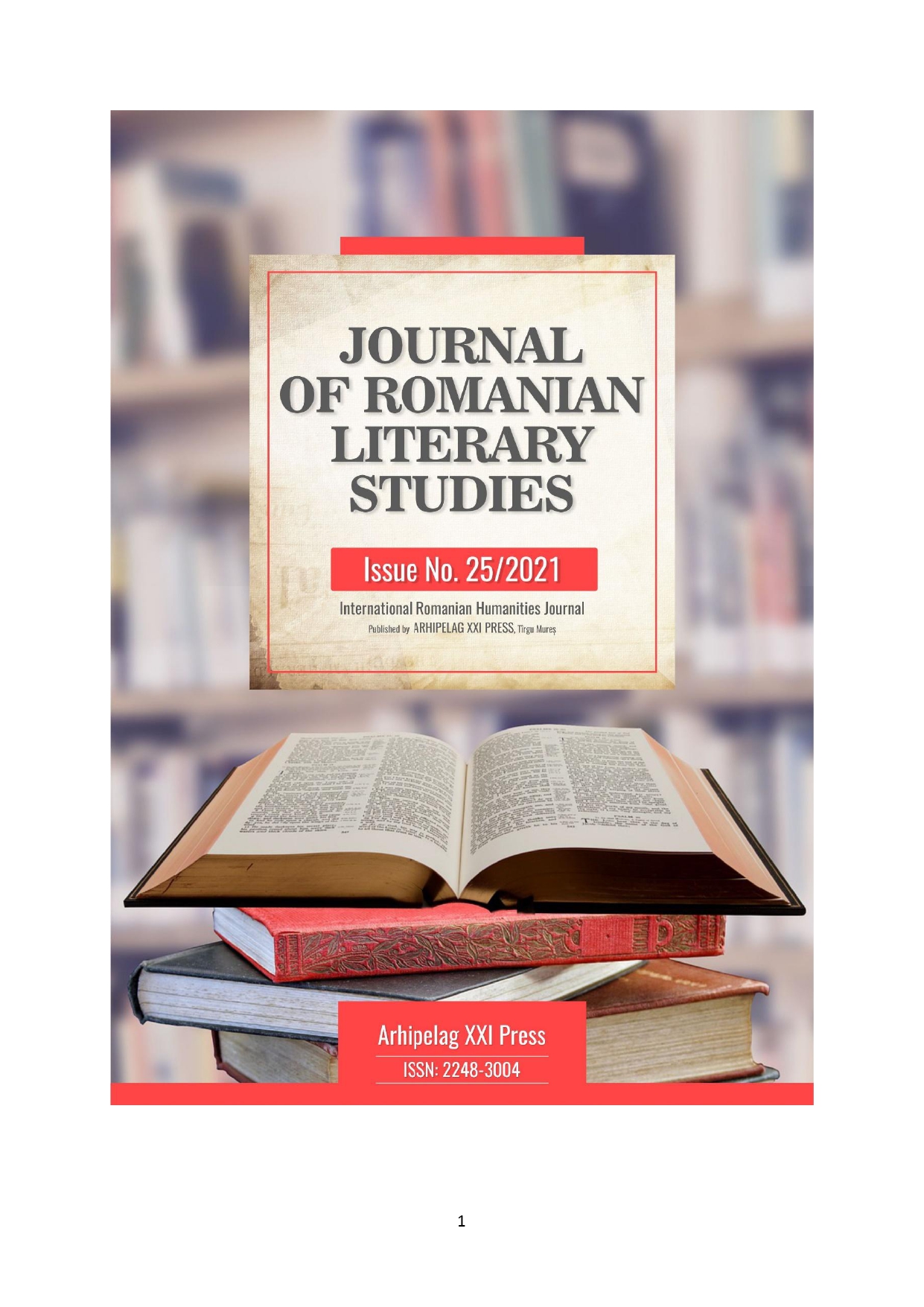
Keywords: children’s literature; translation; norms; roald dahl; bfg;
This article aims to briefly present the relationship between translation norms and children’s literature. As a result of a text’s affiliation to a system, the respective text is subject to a number of systemic constraints or norms regulating the system and its entire content. Texts intended for young readers are controlled by adult decisional factors, namely by parents, educators, editors, and publishers. As a result, it is their perspective which influences the translator’s observation of norms. This paper includes a short presentation of Gideon Toury’s and Andrew Chesterman’s classifications of translation norms, followed by an analysis of the interplay between the norms included in these classifications in the three Romanian translations of the children’s novel The BFG by Roald Dahl. The Romanian translators’ choices are analyzed in the third section of this article in an attempt to highlight the key characteristics of their translation process and their effect in the economy of the text.
More...